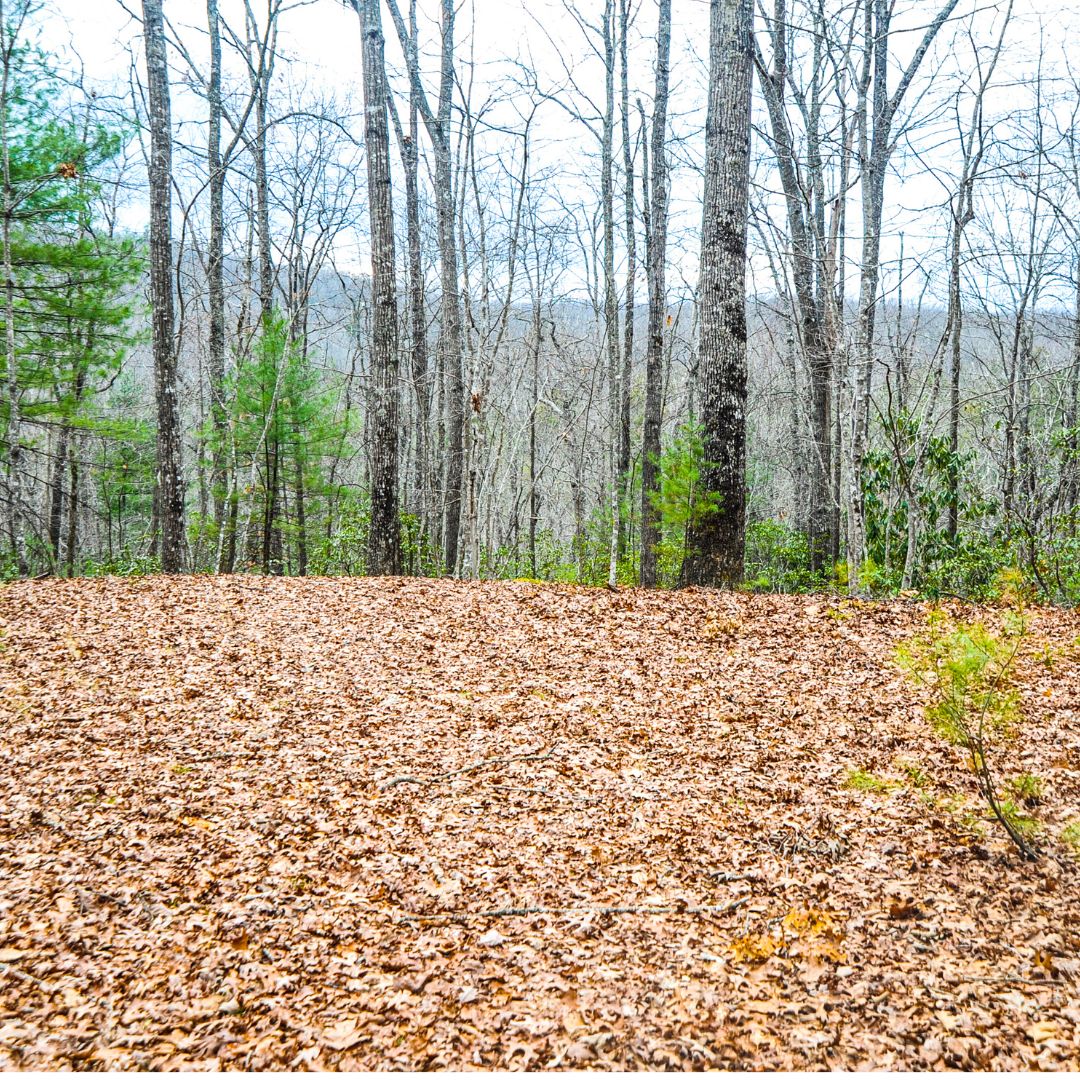By Kent Wilcox
Although RV camping and backcountry camping are prohibited in DuPont State Recreational Forest, the DuPont Employees Recreation Association (DERA) built and maintained 28 RV sites and 12 back-country campsites when the area was known as Buck Forest rather than DuPont Forest. Those sites could be reserved for DERA members and their guests until the manufacturing plant closed in 1999. In 2017, I used a map (Figure 1) provided by former DERA member Jeff Jennings to locate any remaining structures and clearings associated with those campsites.
Campsites one through 28 were located near the shore of Lake DERA and were designed primarily for recreational vehicles. Fourteen sites and a bath house (Figure 2) were built in 1975. An additional fourteen sites were built in 1977. Each of the full-service sites included hookups for electricity, drinking water (Figure 3), and sewage disposable. Families of some DuPont employees spent the summer camping at the Lake DERA RV campground. Walking to and from work while your family relaxed at Lake DERA was a wonderful perk for DuPont employees. When the manufacturing plant closed in 1999, the electrical lines to the campsites were cut and the septic system was filled with concrete. The RV pads remain but are slowly deteriorating (Figure 4).




Campsites 29 through 40 were “primitive” sites located near Little River and Grassy Creek. All were accessible by car or truck. DERA members reserved the primitive sites in advance and were charged a fee of $2 per day. Some sites had a shelter (called a shed by DERA) with picnic tables, such as the shelter (Figure 5) for sites 29 and 30 near High Falls and the shelter (Figure 6) for sites 38 (Figure 7), 39, and 40 near Triple Falls. These shelters were replaced with much sturdier shelters funded by Friends of DuPont Forest after the land was acquired by the NC Forest Service in 2000.
The stone fireplace (Figure 8) near the top of Grassy Creek Falls was used by campers at sites 34 and 35. Chan Hubbard, who was the property manager for the Brevard DuPont plant, told me that the fireplace was built in the early 1900’s by the congregation at the Laurel Creek Church, who reportedly used the location for Easter sunrise services. An afternoon
thunderstorm might have forced campers at sites 34 and 35 to spend another night by Grassy Creek, because getting to and from these sites required a risky drive across the rocky ford on the Little River just above High Falls. That risk was removed when Jim Anthony’s company built the covered bridge across the ford in 1999.




Vehicles had to negotiate a steep slope down a rocky hill by High Falls to get to sites 31, 32, and 33, which were located along River Bend Trail at the base of High Falls. Site 33 is now used as a horse tie-off area. The flat area just upstream from Hooker Falls was the location of campsite 36 (Figure 9) and is a popular picnicking site today. A bouncy ride down Corn Mills Shoals Trail was required to get to “Corn Place”, the name for campsite 37 located near the current horse tie-off by Corn Mill Shoals.
In addition to the forty campsites for DERA members, there were two campsites at Lake Dense that were off-limits to DuPont employees because Lakes Dense and Alford were used to entertain potential customers. Shortly before the customers arrived, the lakes were well-stocked with trout. Customers enjoyed a successful afternoon catching trout and were then treated to a hearty meal of fried fish at the Lake Dense (Figure 10) and Lake Alford (Figure 11) picnic shelters.
Backpack camping was permitted on DuPont’s property, but there were strict rules (Figure 12) regarding campfires and trash. Camping was not allowed within 1500 feet of Lake Julia, which was used as the drinking water supply for employees at the plant. In addition, backpacking camping was not allowed near main plant roads, established campsites one through forty, and the Guion farm fields. Camping under the stars in DuPont Forest must have been a wonderful experience for the employees of the DuPont Corp and their guests.
Visitors are reminded that the area around Lake DERA is closed to the public. The author wishes to thank the NC Forest Service for permission to visit the RV campground at Lake DERA, Bob Twomey for pointing out the locations of some sites and Jeff Jennings for providing the information for Figures 1 and 12. The photograph of the bath house was taken from the October,1977 issue of FOTOFAX. All other photos are courtesy of the author.




